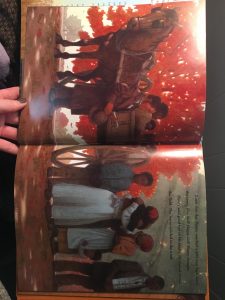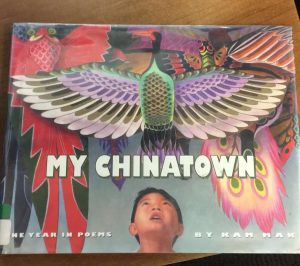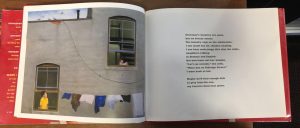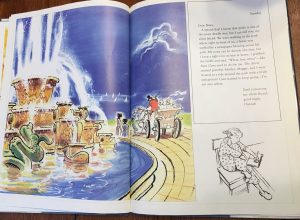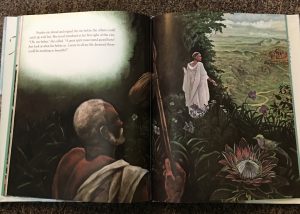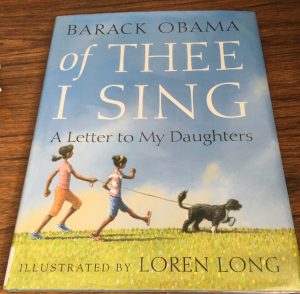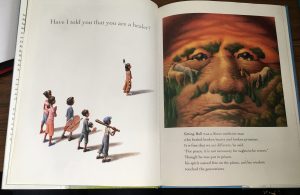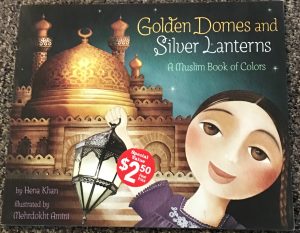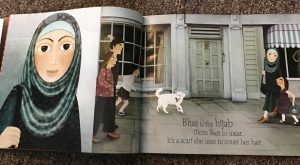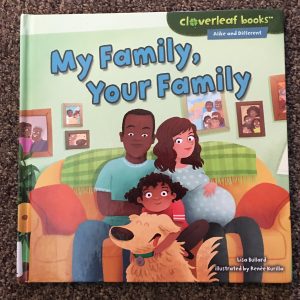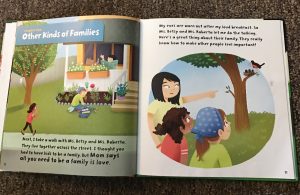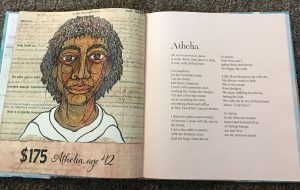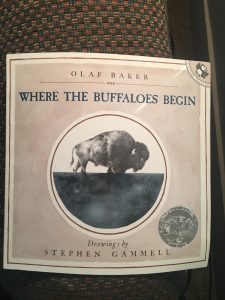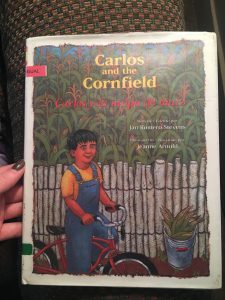
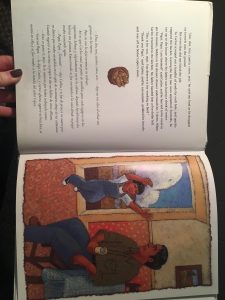
Title: Carlos and the Cornfield
Author: Jan Romero Stevens
Illustrator: Jeanne Arnold
Publisher and Year: Northland Publishing, 1995
Number of pages: 30
Tags/Themes: Spanish, Language, Listening, Family, Agriculture, Picture Book, Emotion, 2-3, 4-5, Diversity, Bilingual, Olivia Ruff
Genre: Fiction and Bilingual
Descriptive Annotation: This book has the story written in both English and Spanish. The story is about a little boy who helps his dad plant corn. He does not listen to the instructions his father gave him, and he hastily buys a new pocket knife. After a few weeks, he notices that the corn is not growing properly in the last few rows, so he goes out and buys corn seed and replants the rows with the money from his resold pocketknife. He ends up planting the wrong type of corn and his dad gives him the pocket knife. The story uses some Spanish within the dialogue, and the people have Spanish names.
Classroom Application: This book would be good to use in an ELL or ESL classroom. It is helpful to have the second language in the book. This shows Spanish culture, and it introduces students to Spanish. The students would learn the importance of fully listening to directions as well.
Linguistic and Cultural Diversity Analysis: Due to the fact that the book is bilingual, it offers a unique opportunity for students to become interested in learning another language. The book uses several important cultural things such as the importance of corn. Students could become interested in corn because of this book, and a fun addition to the book is that the last page has a recipe for cornmeal pancakes. Quotations: “Mijo, my son, I have a big job for you. Now that the ground is ready, I want you to plant the seed” (6) and “Carlos could hardly believe his good fortune. With five dollars he would have enough money to buy the red pocketknife in Senor Lopez’s store” (10).


